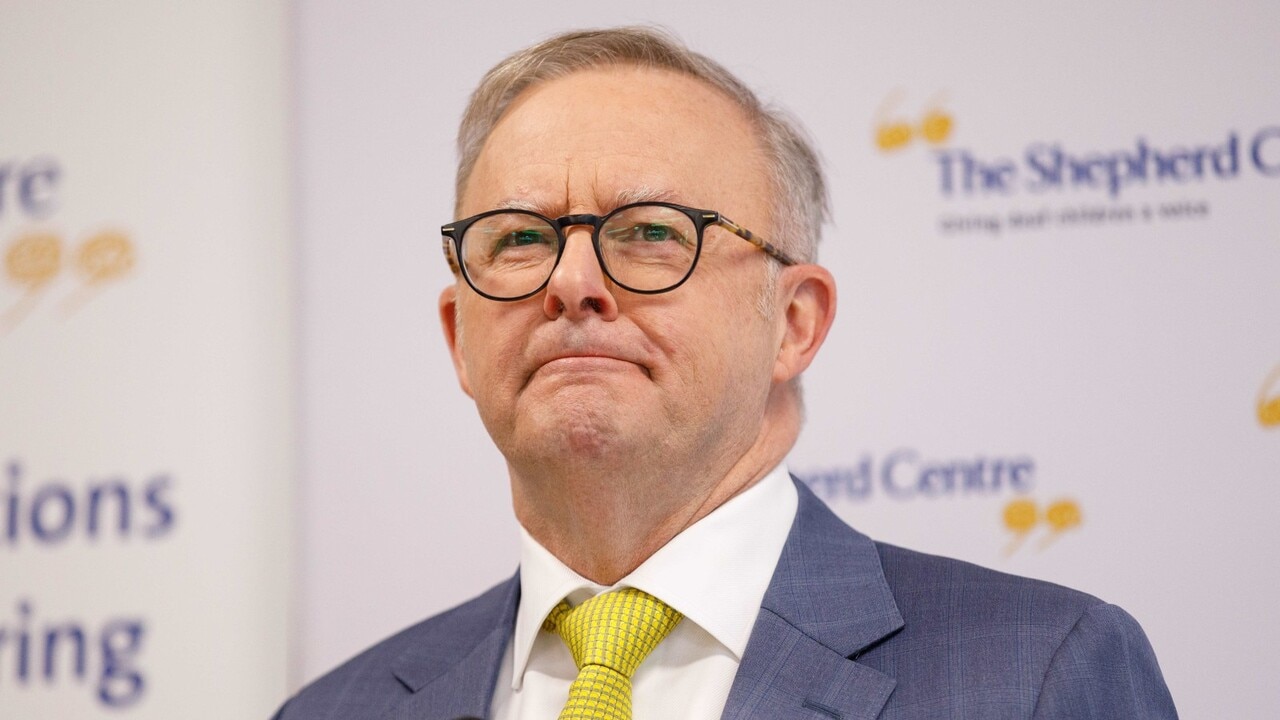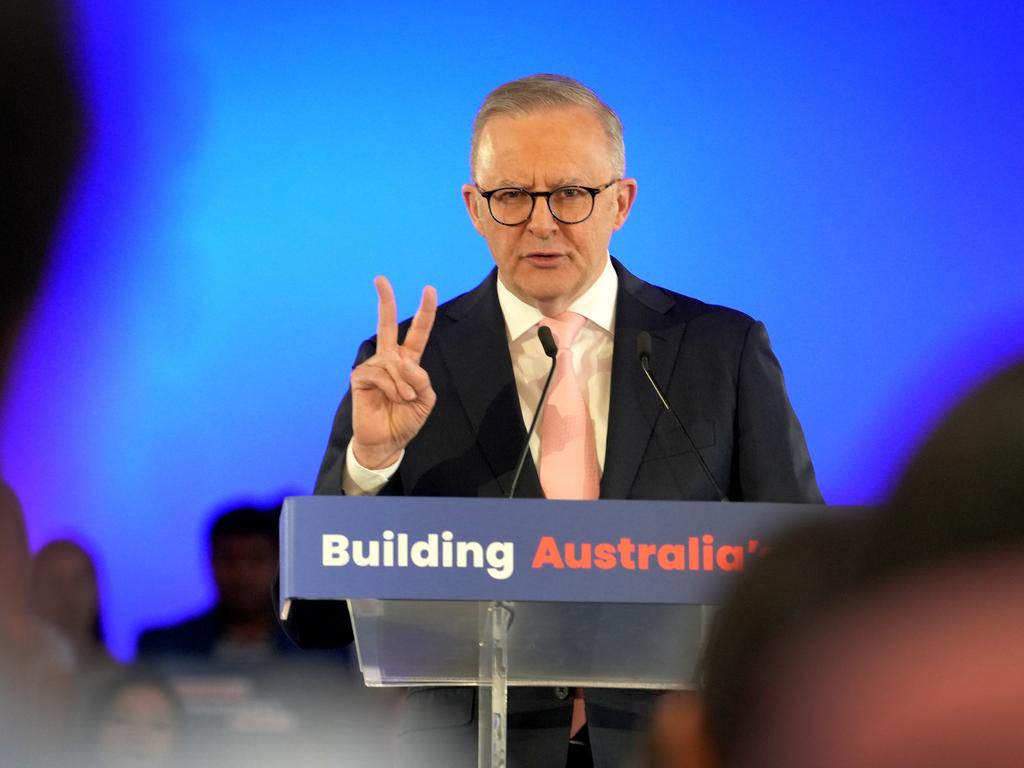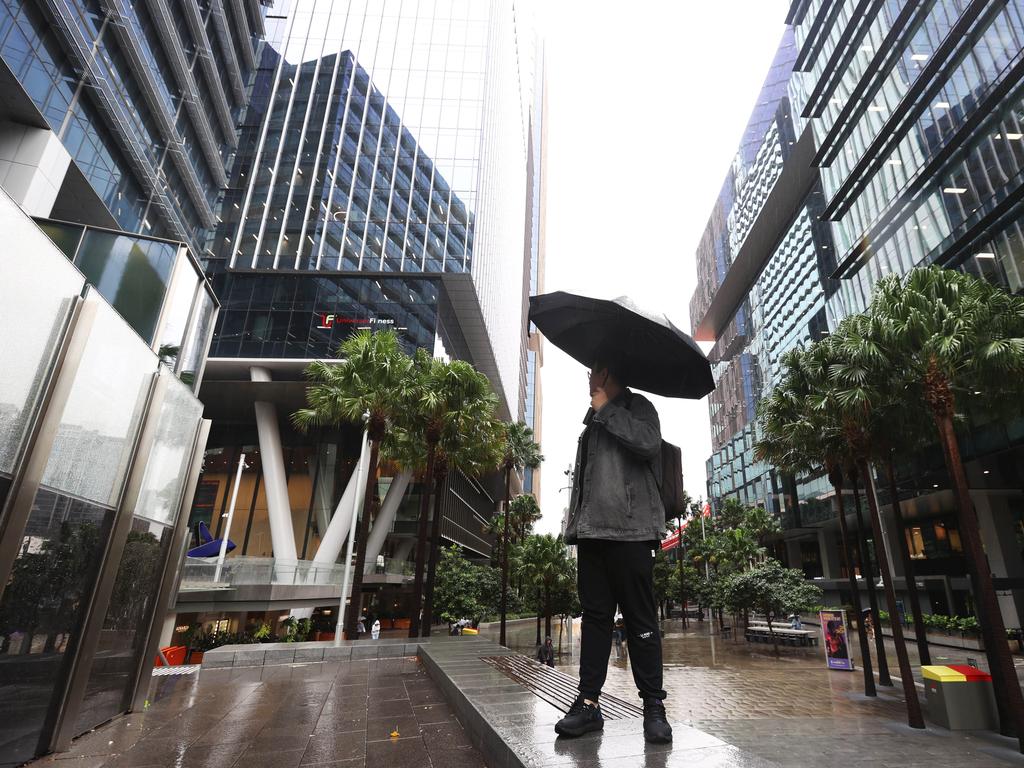Labor rejects Coalition claims of ‘unfairness, elitism’ in slashing HECS debt
Nurses, teachers, and social workers will benefit the least while doctors, vets, and dentists stand to benefit the most from the Albanese government’s pledge to write off student debt.

Nurses, teachers, and social workers will benefit the least while doctors, vets, and dentists stand to benefit the most from the Albanese government’s pledge to write off student debt.
Anthony Albanese rubbished the idea that the policy “reeks of unfairness and elitism” as the opposition used question time all week to question the value of the student debt shake-up to taxpayers
Government figures showed Australians had made some $11bn worth of voluntary HECS repayments in the past 18 years – as far back as records go – which otherwise may have been discounted by the policy.
Education policy expert Andrew Norton said this would see voluntary repayments “now collapse” because debtors would wait for the June 2025 cut, and cost the government more than a billion dollars in potential revenue.
“People who’ve made major voluntary payments in the last two years, largely to avoid high indexation, might feel a bit bad now that if they had waited, they might have had their debt cut by 20 per cent,” Professor Norton said.

The latest available figures – from 2018-19 – showed that of those with HECS debts, medicine graduates had the highest outstanding figure at $53,300 on average when adjusted for inflation. A 20 per cent cut on this figure would see them benefit by $10,700.
On the other hand, nursing graduates on average held the lowest HECS debt, and would only stand to benefit by $3800 on their average $19,200 outstanding figure.
Teachers and social workers are also at the bottom end of the scale, each standing to benefit $4800 and $5000, while vets and dentists were at the top end and would benefit by $9300 and $9000 on average.
Education Minister Jason Clare defended the debt cut as fair across the board.
“We are going to wipe 20 per cent off everyone’s student debt. The percentage cut will be the same for everyone. There are around eight times the number of nurses and teachers who get a debt cut than medical graduates,” he said.
“The fact is students are paying a lot more for their degrees than they used to. Every time the Liberal Party is in government they increase the cost for students.”

Opposition education spokeswoman Sarah Henderson has criticised the government’s pledge as “grossly unfair to the 24 million Australians who don’t have a student loan, but especially favours graduates who have racked up very large debts, many of whom will also be high-income earners over their lifetimes”.
Mr Albanese on Tuesday dismissed Senator Henderson’s comments and accused the Coalition of wanting “to stop students getting less debt”.
Economist Saul Eslake said he could see why this policy was being portrayed by some as “regressive”.
“But if the objective is to relieve the burden of student debt, it’s actually hard, it would be very complicated to do it in a way that wasn’t open to that charge,” he said.
“In the same way … I can understand why people who paid off their degrees, who’ve paid off their debt already, or who pay their fees upfront, they would think it’s unfair too, because they’re not getting anything.”
The data also show that of the three million Australians who would benefit from Labor’s pre-election pledge to wipe $16bn in debt, 1.14 million are men and 1.79 million are women. However, on average, men with student debt owe more than women do and therefore would benefit more on a per capita basis.






To join the conversation, please log in. Don't have an account? Register
Join the conversation, you are commenting as Logout